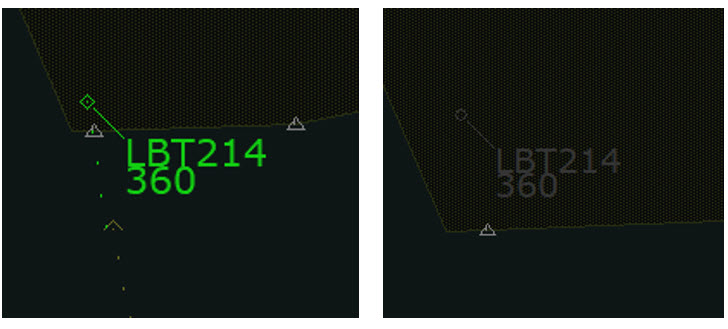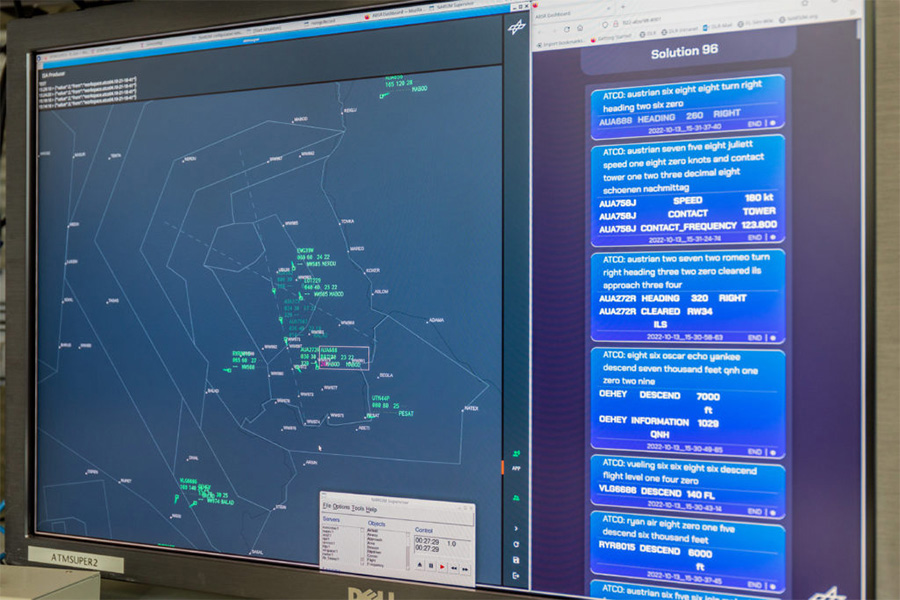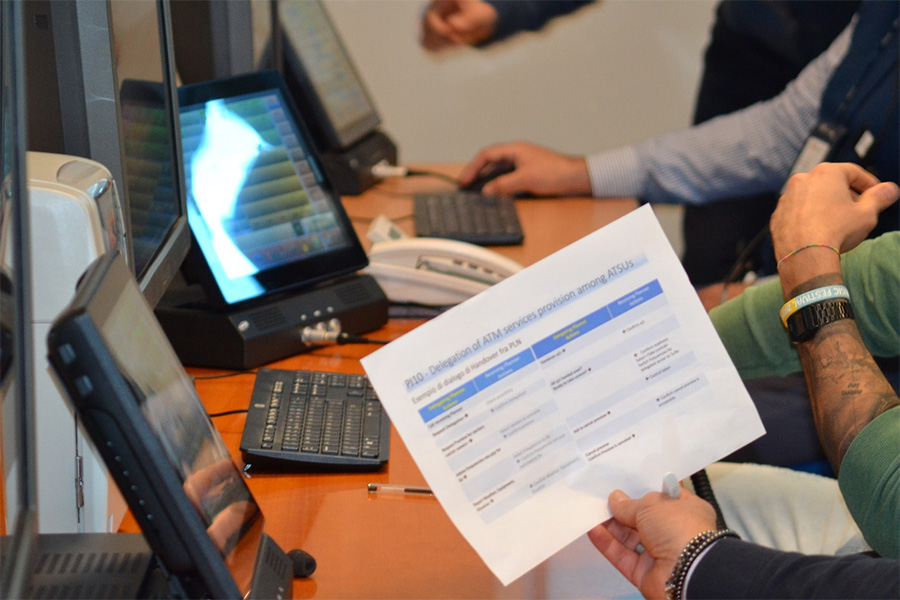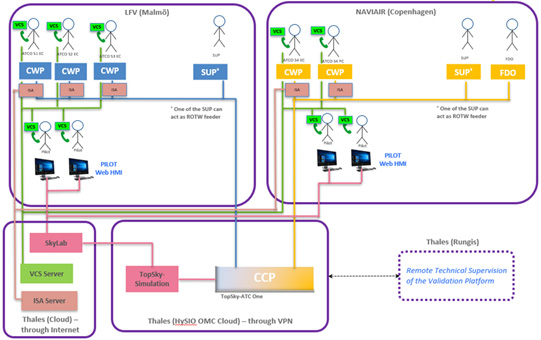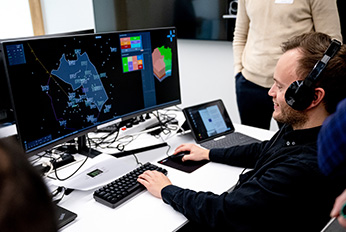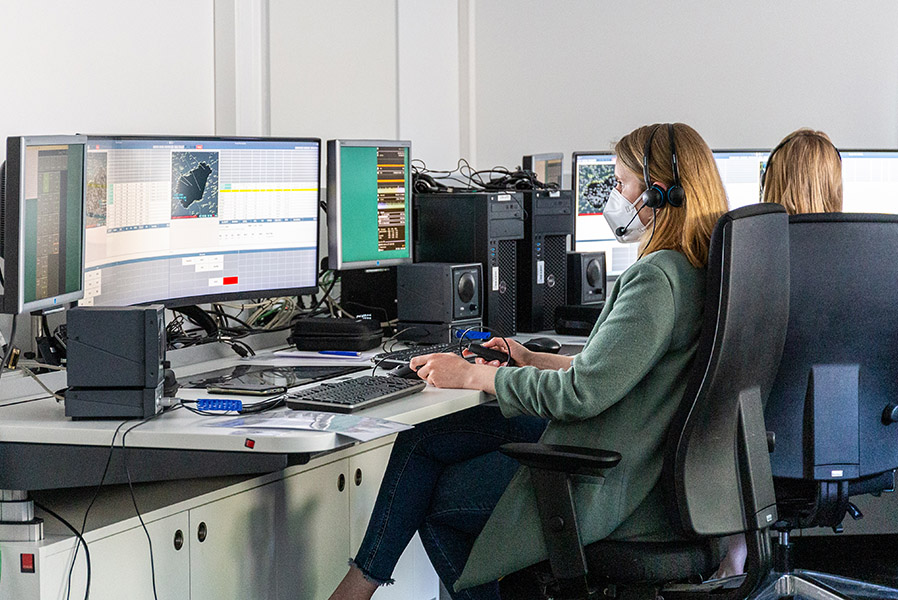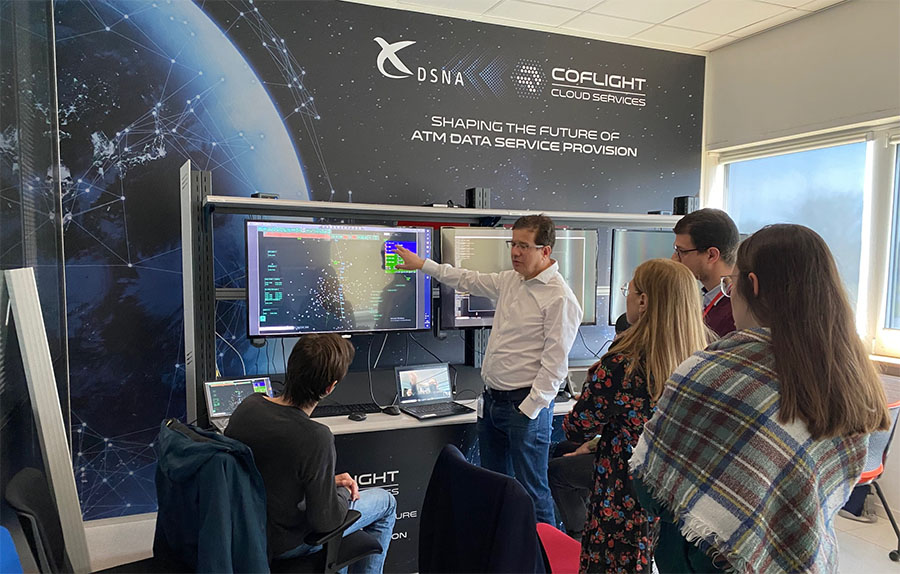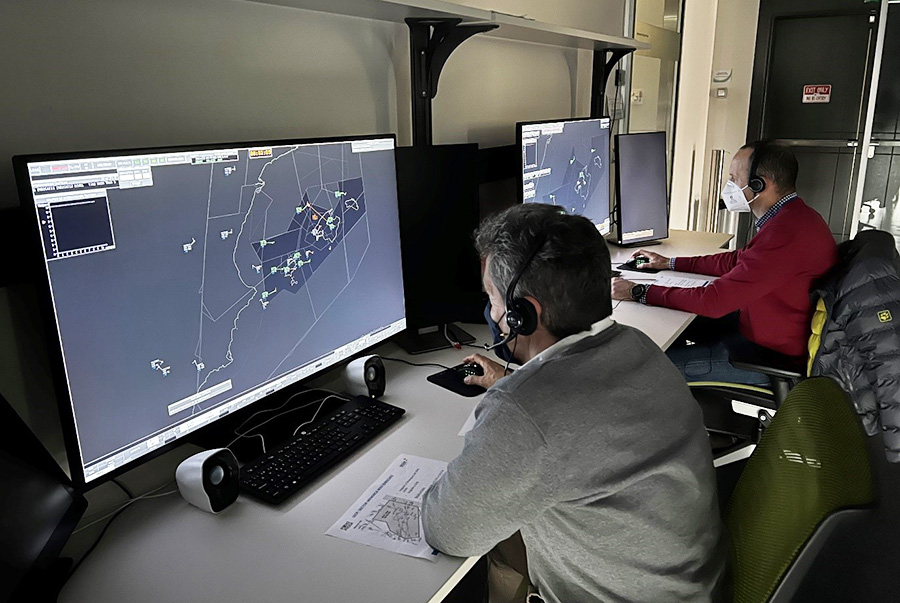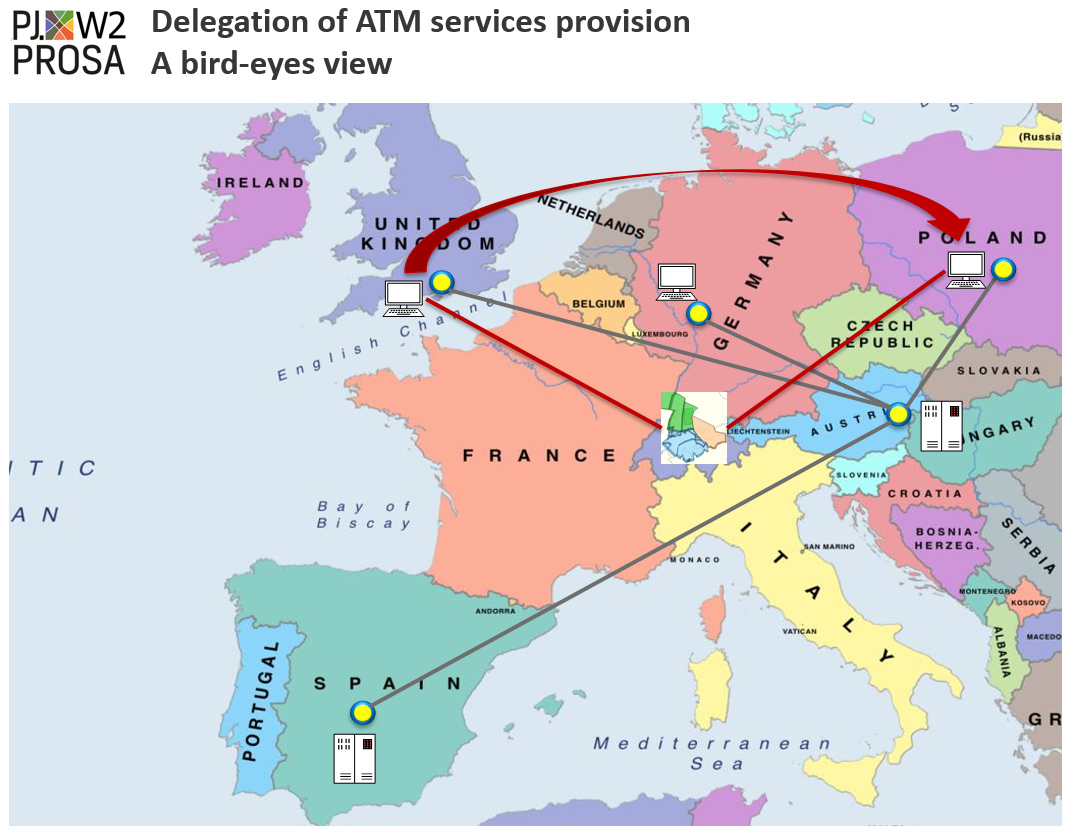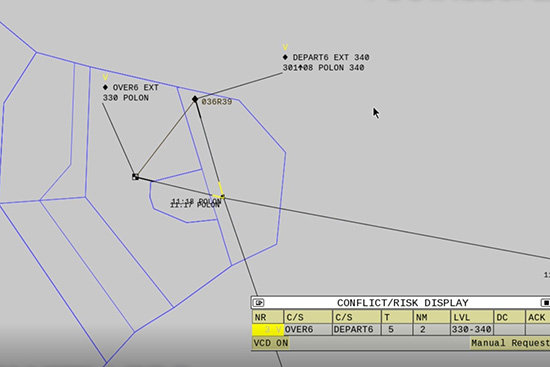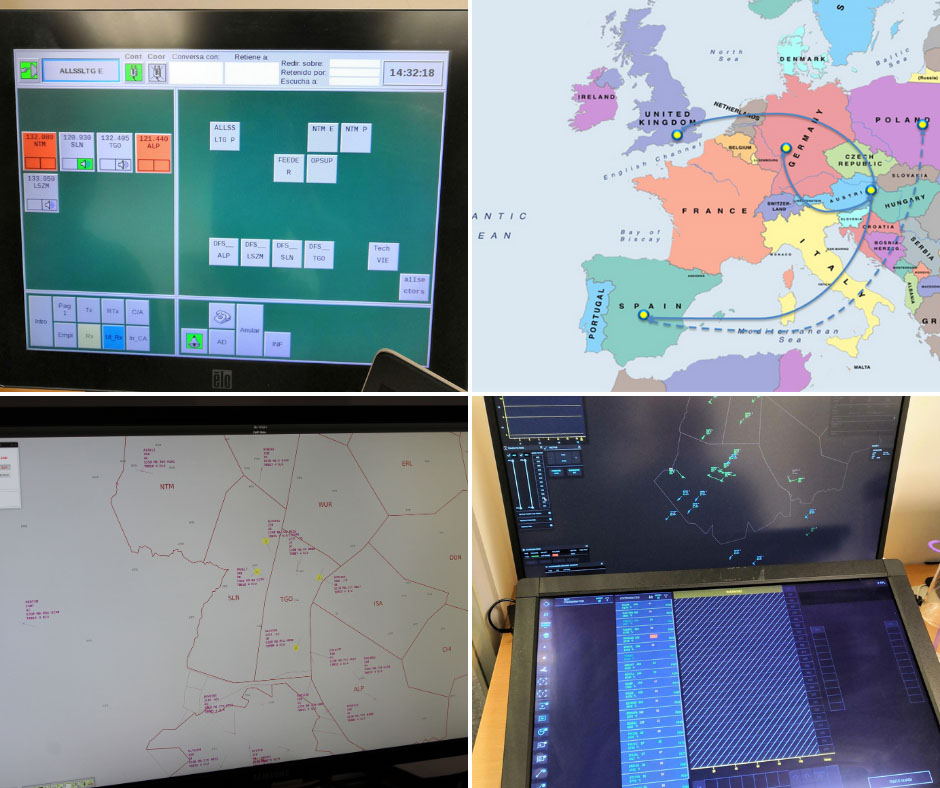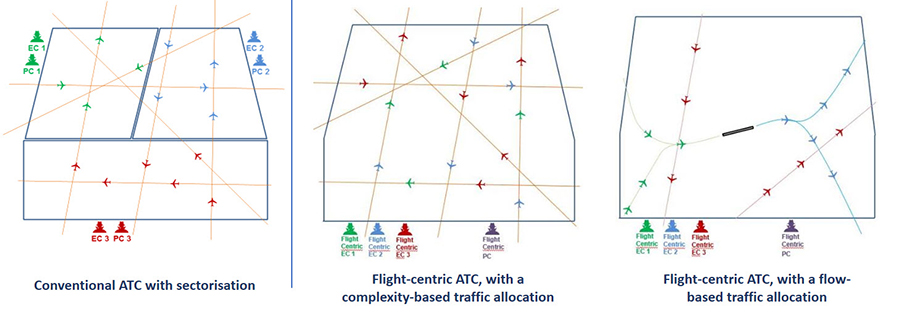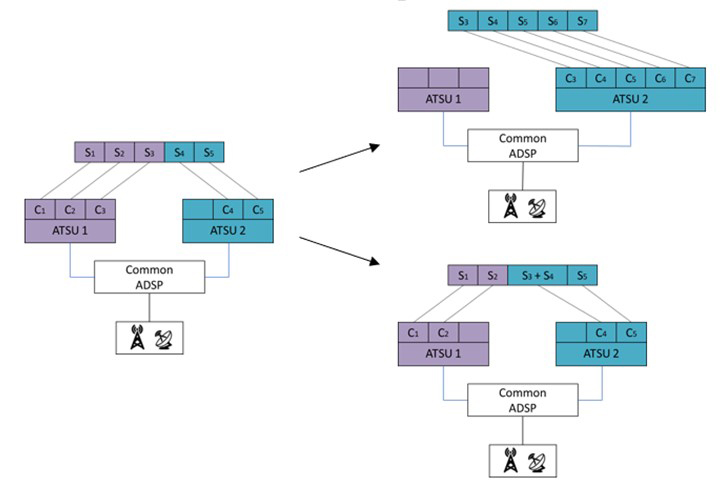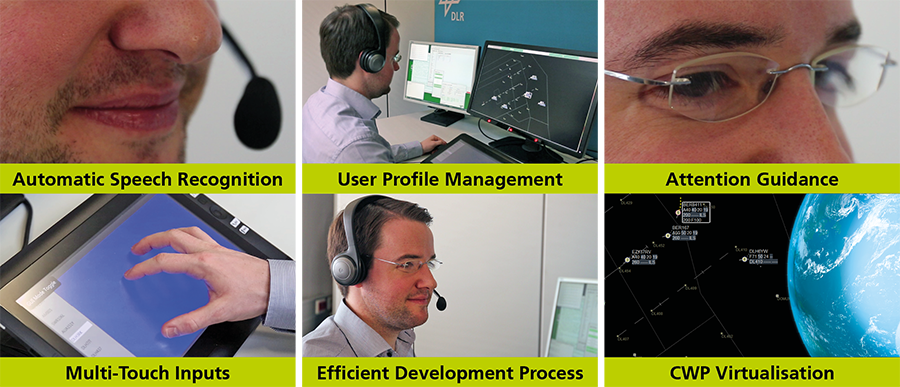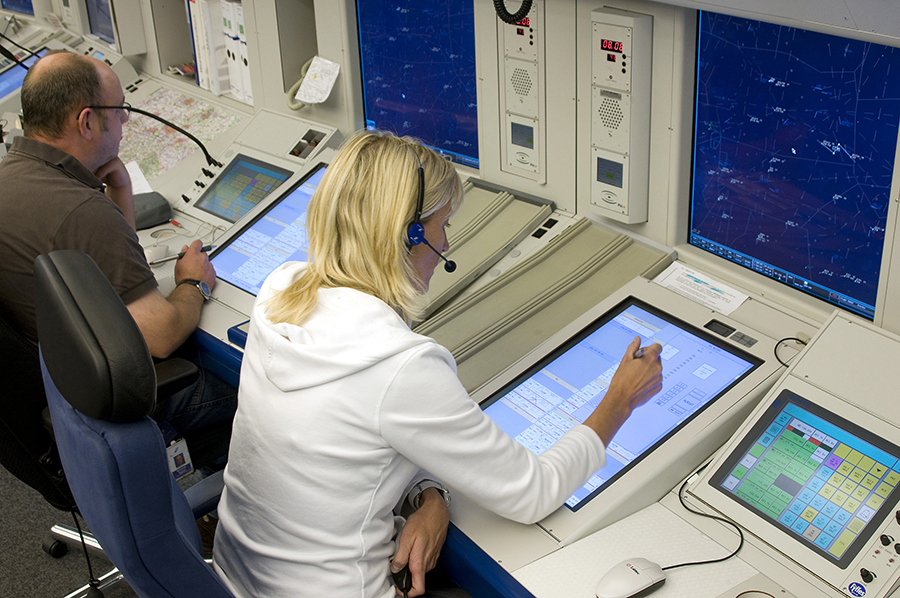
Industrial research PROJECT
Separation Management and Controller Tools (Wave 2)
In short
|
|
|
|---|---|
|
PROJECT ID
|
PJ10-W2 PROSA |
|
PROJECT TYPE
|
Industrial research |
|
FLAGSHIP
|
Not applicable |
|
STATUS
|
Completed |
|
SESAR PROGRAMME
|
SESAR 2020 |
|
PROJECT DURATION
|
2019-12-01 > 2023-03-31 |
|
TOTAL COST
|
€ 23 794 460,75 |
|
EU CONTR.
|
€ 6 735 749,66 |
|
GRANT ID
|
874463 |
|
PARTICIPANTS
|
Eurocontrol, Polska Agencja Zeglugi Powietrznej, Austro Control , Hrvatska Kontrola Zracne Plovidbe, Luftfartsverket, Naviair, Direction Des Services De La Navigation Aerienne (DSNA), Enaire, Enav, Indra Sistemas Sa, Sintef, NATS, Skyguide, Thales Las France , Airbus, Rizeni Letoveho Provozu Ceske Republiky Statni Podnik, Letove prevadzkove, Oro Navigacija, Udaras Eitliochta Na Heireann - The Irish Aviation Authority (IAA), Airtel Atn , Saab Aktiebolag |
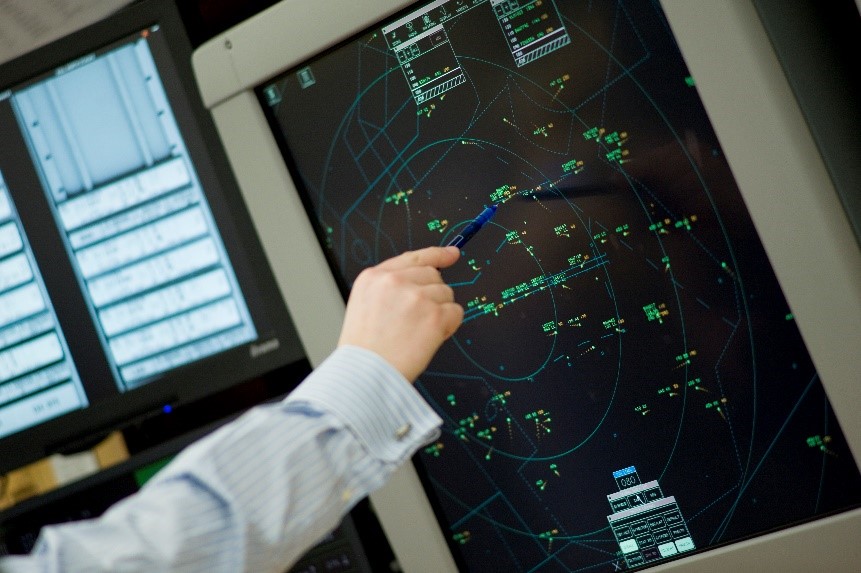
Keeping aircraft safely separated was one of, if not the core function of air traffic management at that time. But as more aircraft became more diverse and numerous, the airspace became more complex to manage. The project aimed to advance automation technology solutions and procedures that helped controllers handle the traffic in a smooth and efficient way.
Specifically, the project addressed the following SESAR solutions:
|
Solution name |
Solution number |
Description |
Lead |
|
Collaborative control |
PJ.10-W2-73 CC |
Controllers coordinated traffic at sector boundaries using voice or electronic dialogue to maintain safe separation between airspace users. Using the SESAR solution of collaborative control, controllers could issue instructions to aircraft outside their sector to support more efficient flight profiles throughout the collaborative area without specific coordination when there was no affecting traffic. |
NATS |
|
Flight centric air traffic control |
PJ.10-W2-73 FCA |
European airspace was divided into flight information regions, which were subdivided into sectors to provide safe separation services for aircraft traveling through the airspace. Changing this to a flight-centric structure without reference to geographical sectors opened up the opportunity to distribute the traffic more evenly and to avoid lost productivity in under-loaded sectors. |
NATS |
|
Increased flexibility in ATCO validations |
PJ.10-W2-73 IFAV |
Air traffic controllers received detailed qualifications to acquire a specific qualification. They also received sector validations, which permitted them to control defined volumes of airspace. SESAR was developing non-geographical sector qualifications to remove current constraints and move towards a more flexible approach where environmental knowledge and other information needs were supported by systems, procedures, airspace, training, and regulatory adaptations. |
NATS |
|
Delegation of ATM services provision amongst ATSUs |
PJ.10-W2-93 |
The rigid nature of Europe’s airspace infrastructure made it difficult to delegate airspace amongst air traffic service units based on traffic demand or organizational needs such as day/night operations. SESAR explored the delegation of airspace in expected and planned situations - such as peak traffic load at fixed times - as well as unscheduled occurrences, for example, in cases of service degradation or failure. |
ENAV |
|
Attention guidance |
PJ.10-W2-96 AG |
Situational awareness and attention were two important skills that controllers needed to keep at a high level when controlling aircraft at a radar screen. SESAR research examined salient visual stimuli to guide the operator’s attention to potential hotspot or conflict areas on the radar screen if the event went unnoticed by the controller for a given time frame. The attention guidance solution aimed to guide the controller’s attention through the use of an eye tracker system and intelligently prioritize the events shown. |
Leonardo |
|
Automatic speech recognition |
PJ.10-W2-96 ASR |
Controllers relied on their workstation to provide the support tools to manage air traffic and minimize workload in dense or complex airspace. Voice communications were central to controller activity yet risked being misheard or subject to congestion, prompting research into automatic speech recognition (ASR). This solution covered three aspects of ASR with the aim of reducing workload and improving flight efficiency. The technology considered text predictions based on surveillance data; creating ATM commands based on existing ATC concepts; and a combination of both to provide further applications for the controller working position (CWP). |
The project conducted wide-ranging validation exercises on the solutions, bringing controllers onboard to test and provide feedback on their usability. Ultimately, those solutions were expected to bring benefits to the ATM network in the following key areas:
- Safety
- Capacity
- Efficiency
- Flexibility
- Cost-Efficiency
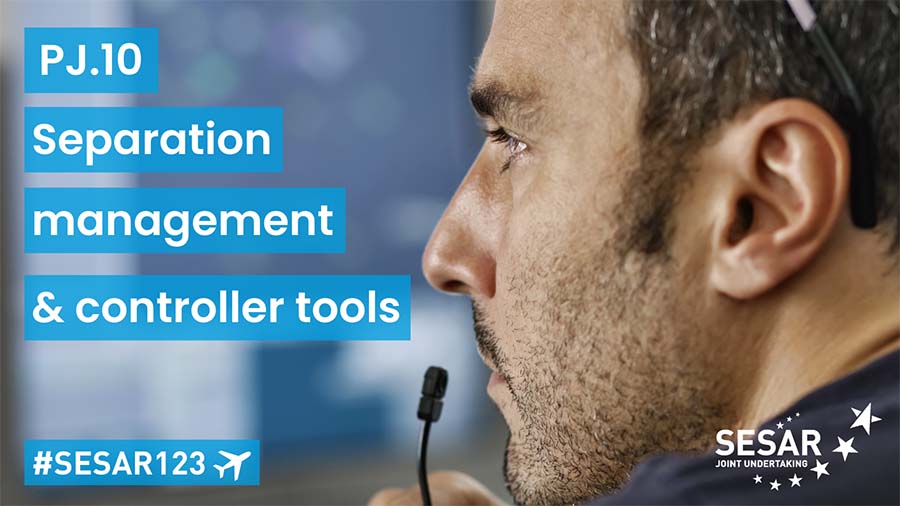
Related solutions


